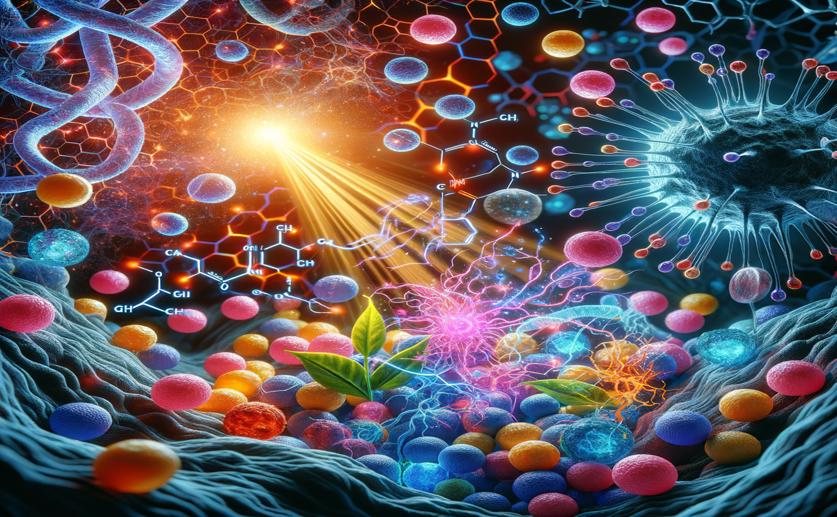
Light-Activated Plant Compounds and Doxorubicin for Treating Muscle Cancer Cells
Jenn Hoskins
16th July, 2024

Image Source: Natural Science News, 2024
Key Findings
- Researchers at Quaid-i-Azam University, Islamabad, found that combining photodynamic therapy (PDT) and chemotherapy (Dox-HCl) with plant extracts can effectively treat Rhabdomyosarcoma (RMS) cells
- The study showed that Moringa oleifera extract significantly enhanced the cancer-killing effects of PDT and Dox-HCl
- This combined treatment approach could reduce chemotherapy side effects while improving treatment outcomes for RMS
References
Main Study
1) Photoactive metabolite mediated photodynamic therapy of Rhabdomyosarcoma cell lines using medicinal plants and Doxorubicin co-treatments.
Published 15th July, 2024
https://doi.org/10.1186/s12906-024-04575-2
Related Studies
2) Photodynamic therapy and cancer: a brief sightseeing tour.
Journal: Expert opinion on drug delivery, Issue: Vol 4, Issue 2, Mar 2007
3) Berberine in combination with doxorubicin suppresses growth of murine melanoma B16F10 cells in culture and xenograft.
4) Luteolin as a glycolysis inhibitor offers superior efficacy and lesser toxicity of doxorubicin in breast cancer cells.
5) Children's Oncology Group's 2013 blueprint for research: Soft tissue sarcomas.



 13th July, 2024 | Jim Crocker
13th July, 2024 | Jim Crocker